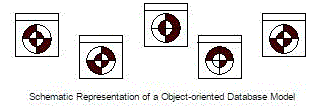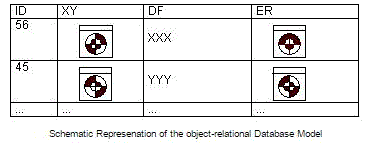Database Models in DBMS
Database Models in DBMS: Network, Hierarchical, Relational and Object Oriented Model
Database frameworks can be founded on various information models or database models individually. An information model is a gathering of ideas and tenets for the depiction of the structure of the database.
Structure of the database implies the information sorts, the imperatives and the connections for the portrayal or capacity of information separately.
The most often used data models are:
- Network Model and Hierarchical Model
- Relational Model
- Object Oriented Model
- Object Relational Model
Network Model
The network model and the hierarchical model are the predecessors of the relational model. They build upon individual data sets and are able to express hierarchical or network like structures of the real world.
Relational Model
The social model is the best known and in today’s DBMS regularly executed database model. It characterizes a database as an accumulation of tables (relations) which contain all information.
This module bargains transcendentally with the social database model and the database frameworks in view of it.
Object Oriented Model
Object-situated models characterize a database as an accumulation of articles with components and techniques. A nitty gritty examination of article situated databases follows in a propelled module.
Object Relational Model
Object-situated models are capable additionally very mind boggling. With the generally new question social database model is the far reaching and basic social database model stretched out by some fundamental item arranged ideas. These permit us to work with the broadly know social database demonstrate additionally have a few focal points of the item arranged model without its multifaceted nature.
More Related Articles For You
- Architecture of DBMS
- CODDS RULE DBMS
- Relational DBMS Concepts
- Keys and Types of keys in Database
- Database Normalization
- Generalization, Specialization and Aggregation Concepts in DBMS
- ERD Diagram Tutorial with Examples in DBMS
- Introduction to SQL
- How to Create Query in SQL, Create Table, Delete Table and User Insert Info Statements
- Alter Query Command in SQL, Add, Modify and Drop Column in Table
- TCL Commands in SQL
- Truncate Query, Drop and Rename Query in SQL
- All DML Statement in SQL, Select Statement, Delete, Insert and Update Statement
- Data Control Language DCL Revoke and Grant Command in SQL
- Select Statement or Select Query in SQL Explained with Examples
- Distinct Keyword Explained in SQL
- WHERE Statement or WHERE Clause in SQL Statement Explained
- AND & OR Operators in SQL
- LIKE Operator in SQL
- ORDER BY Clause Sorting Explained in SQL
- Group By Clause in SQL
- Having Clause Explained in SQL
- SQL Constraints
- SQL Aggregate Functions
- SQL Aliases Use and Purpose in SQL
- SQL Joins Types, Use and Purpose
- SQL Sequence Syntax and Use with Examples
- SQL View
- SET Operation in SQL, UNION, UNION ALL, Intersect and Minus




